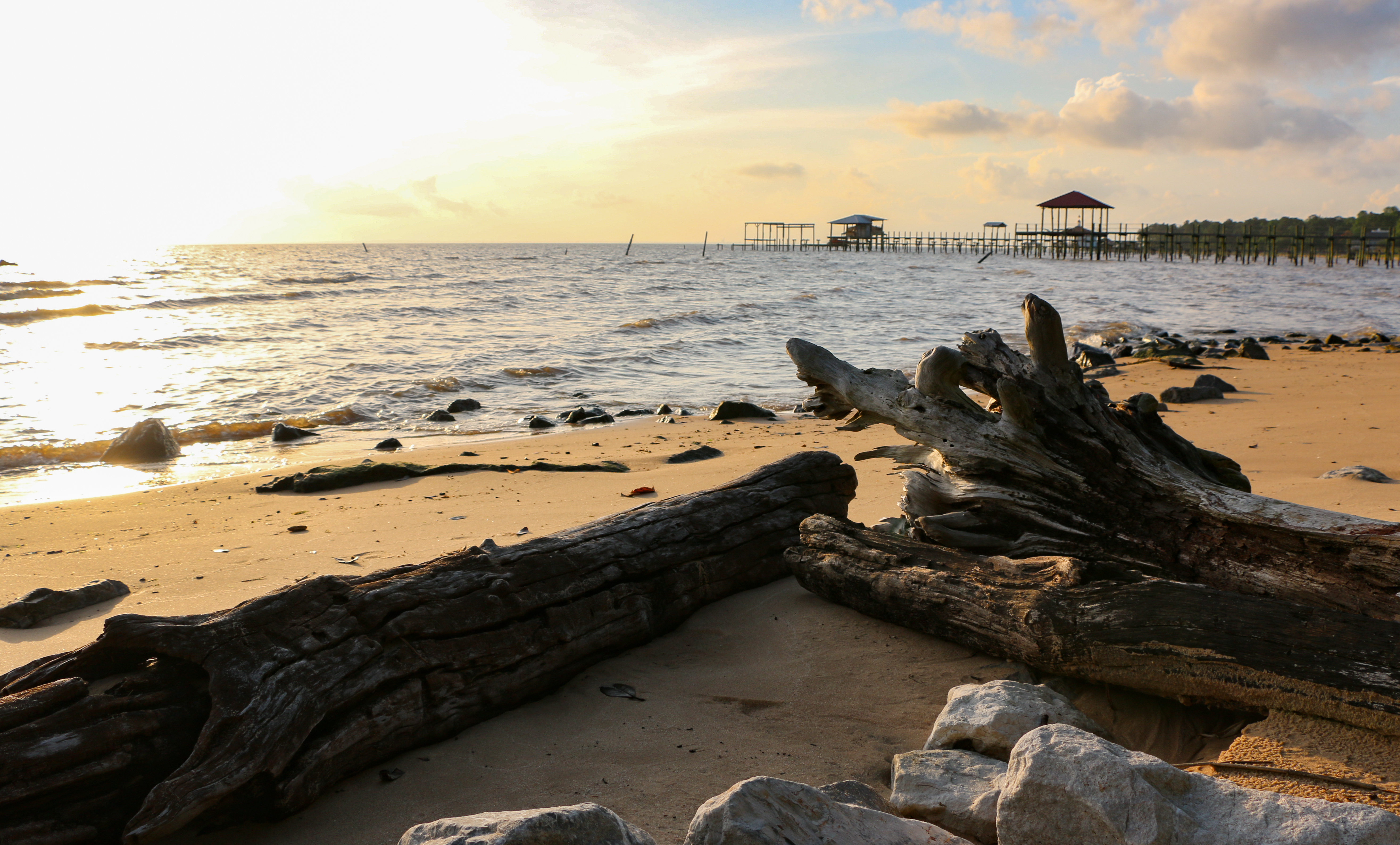Slavers Burned the Last US Slave Ship to Hide Their Crimes. Now It's Been Found.

After nearly 150 years, the last known ship used to bring kidnapped people to the United States to sell into slavery seems to have turned up off the coast of Mobile, Alabama.
Slavers used the Clotilda, as it was known, to bring 110 people snatched from present-day Benin to Mobile in 1860, according to a statement. That voyage took place 52 years after an 1808 law banning slavers from bringing more people to the United States to sell into slavery, and the year before the start of the U.S. Civil War. After the 110 kidnapped people were offloaded, according to the Alabama Historical Commission (AHC), the ship was burned and scuttled to hide evidence of the slavers' crime.
Now the AHC says a burnt wreck found off the Gulf Coast is likely the Clotilda. It doesn't have a name visible, but it matches known characteristics of the ship. [6 Civil War Myths, Busted]
"We are cautious about placing names on shipwrecks that no longer bear a name or something like a bell with the ship's name on it," said James Delgado, one of the archaeologists who led the verification project, in a statement from the commission. "But the physical and forensic evidence powerfully suggests that this is Clotilda."
For instance, the wreck seems to be the same size and dimensions as those outlined in historic documents about the Clotilda. In addition, the wreck is made of matching "locally sourced lumber" and so-called pig iron that match specifications of the Clotilda, according to the statement.
This discovery follows an earlier report that the Clotilda was found in 2018. That ship turned out not to have been the Clotilda, according to AL.com.
According to the Jim Crow Museum of Racist Memorabilia at Ferris State University, the Clotilda sailed under the command of William Foster — an employee of the wealthy Mobile shipyard owner Timothy Meaher, who built the ship in 1856 and cooked up the scheme. [Black People Were Enslaved in the US Until as Recently as 1963]
Sign up for the Live Science daily newsletter now
Get the world’s most fascinating discoveries delivered straight to your inbox.
"Local lore claims that Meaher bet some 'Northern gentlemen' that he could violate the 1807 law without getting caught," the museum wrote.
When the Clotilda arrived, according to the museum, federal authorities knew of the plan, so Foster snuck the enslaved people into the town under cover of darkness and destroyed the ship.
After the war, according to the museum, many of the survivors of the Clotilda settled in rural Plateau, Alabama, which they called Africatown.
"When possible, they avoided whites," the museum wrote.
The last survivor of those forced to travel on the slave ship, Cudjo Lewis (also known as Kazoola), lived until 1935, according to the museum. He met Booker T. Washington and told his story to the writer Zora Neale Hurston.
Editor's Note: This story was updated to correct a date from 1956 to 1856.
- 9 Absolutely Evil Medical Experiments
- Photos: 19th-Century Artifacts Uprooted from Fallen Trees
- 10 Epic Battles That Changed History
Originally published on Live Science.











